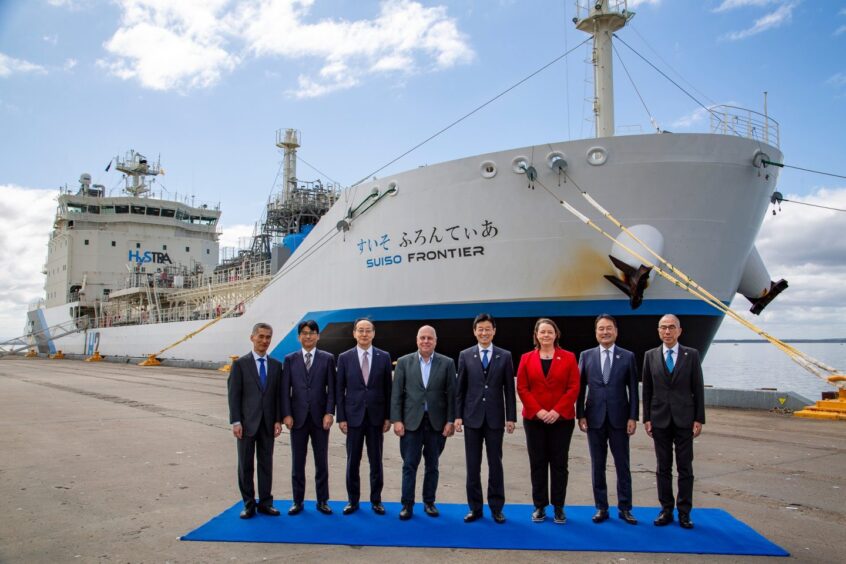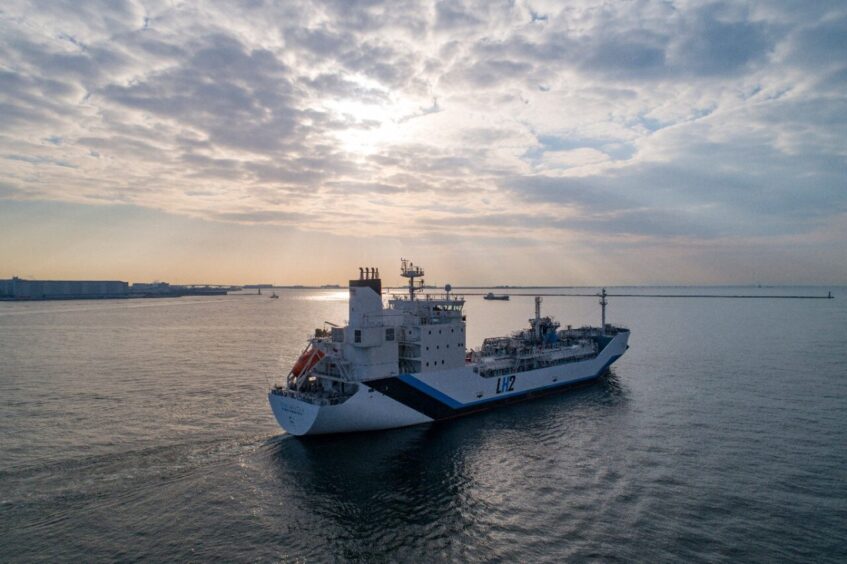
Four Japanese engineering companies have signed up to work on the front-end engineering and design (FEED) for an Australian liquid hydrogen supply project, backed by Japan Suiso Energy (JSE).
Kawasaka Heavy Industries, Toyo Engineering, JGC Corp. and Chiyoda all signed up to a joint venture agreement, which will work on the FEED. Kawasaki will act as the leader.
The plan is to build a demonstration plant for hydrogen liquefaction. This will include two plants, capable of processing 60 tonnes per day, with five storage tanks, capable of holding 10,000 cubic metres each. It will also have export facilities and a terminal, in Hastings, Victoria.
The JSE plan in Hastings is part of a A$2.35 billion ($1.57bn) investment pledge made by Japan last year.
Kawasaki will provide its expertise in liquid hydrogen storage, handling and transport. Toyo, JGC and Chiyoda will provide insights into overseas plant design and construction.
The plan is to “accelerate FEED aimed at the creation of liquefied hydrogen supply chains, and in doing so contribute toward the realization of Japan’s goal of carbon neutrality by 2050”.
JSE has set out plans for a receiving facility in Kawasaki City.
Hydrogen strategy
A number of heavyweight Japanese companies back JSE. Kawasaki has a 36.6% stake in the company, while Iwatani Corp. has 33.4% and Inpex 30%. The latter company bought into the project in October 2023.
JSE set up JSE Ocean in January 2023 to work on marine transportation. Three shipping companies, Kawasaki Kisen Kaisha (K LINE), Mitsui OSK Lines (MOL) and Nippon Yusen Kabushiki Kaisha (NYK) came onboard JSE Ocean in September 2023. JSE kept a 50.2% stake, while the shipping companies acquired 16.6% each.
Japan set out its Basic Hydrogen Strategy in June last year. This aims to secure up to 3 million tonnes per year of hydrogen by 2030. It will scale up to 12mn tpy in 2040 and 20mn tpy in 2050.
It aims to reach a hydrogen supply cost of 30 yen ($0.2) per cubic metre in 2030 and 20 yen ($0.14) by 2050. Given the country’s capacity, the government expects to achieve this by building an international supply chain.
A Kawasaki vessel, the Suiso Frontier hydrogen carrier, carried out its first international voyage. It filled up with liquid hydrogen in Victoria, Australia, carrying the cargo to Kobe, Japan.

 © Supplied by Shell
© Supplied by Shell